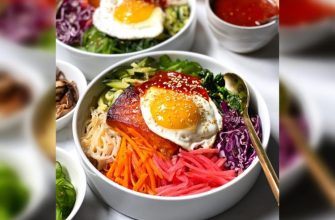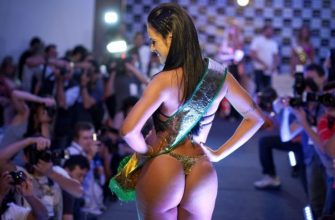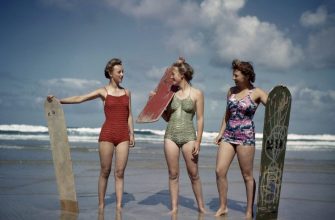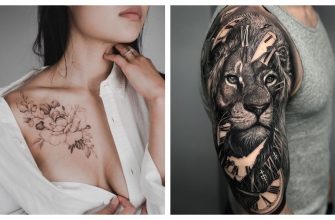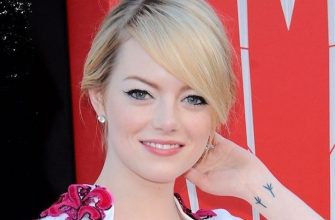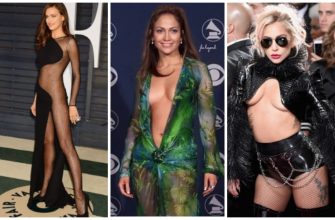What Is This?

This disease is characterized by varicose veins (most often in the legs). Varicose veins appear due to changes in the walls of venous vessels and circulatory disorders. The veins begin to bulge and are often blue or dark purple.
Symptoms of Varicose Veins

With this disease, heaviness in the legs, swelling, itching around the veins, burning, numbness, spasms, swelling of the veins, vascular cobwebs, dryness and even ulcers appear.
Danger of Disease

Varicose veins are dangerous due to the formation of blood clots and bleeding.
The Main Risk Factor

Varicose veins can appear from excess weight, endocrine disorders, a sedentary lifestyle, injuries, operations, and even pregnancy. But in most cases, this disease is inherited.
Types of Varicose Veins
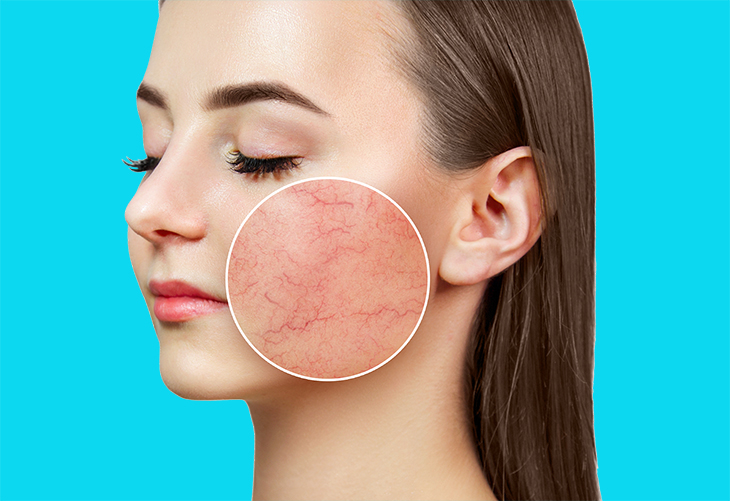
Most often, varicose veins appear on the legs. But there are other forms of varicose veins. For example, on the face, neck or other parts of the body. By the way, hemorrhoids are also considered one of the forms of varicose veins.
Varicose Veins Are Not Limited to One Area

The appearance of an enlarged vein in one place increases the chances of developing the disease in another. Therefore, you should definitely consult a doctor if you find signs of illness in yourself.
How to Reduce Risk of Varicose Veins?
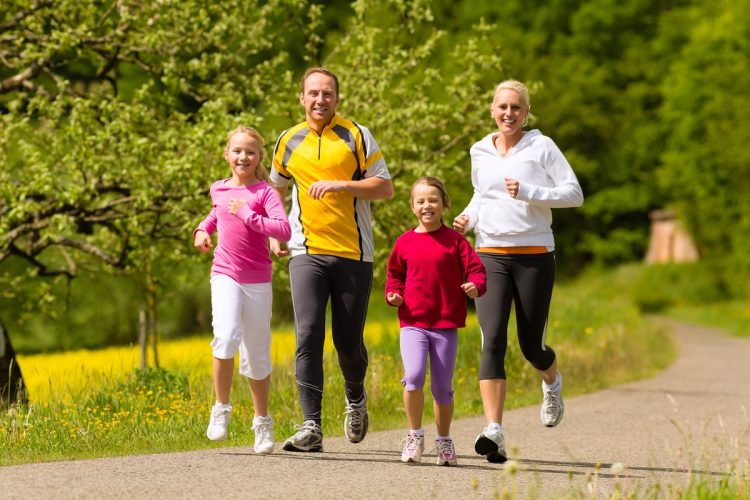
To prevent varicose veins, you need to move more, monitor your weight, avoid standing for a long time, high heels and tight clothes.
Best Products for Varicose Veins

The best products for the prevention and treatment of varicose veins are: vegetables, herbs, nuts, currants, rose hips and olive oil.
Varicose Veins in Men

According to statistics, varicose veins are three times more common in women than in men. But girls notice the disease at an early stage and immediately go to the doctor. Men most often ignore the symptoms and end up in the hospital with the most severe forms of the disease.
Varicose Veins Can Affect People at Any Age

Even teenagers suffer from varicose veins. All due to a sedentary lifestyle and every year the increasing percentage of childhood obesity.
Sports for the Prevention of Varicose Veins
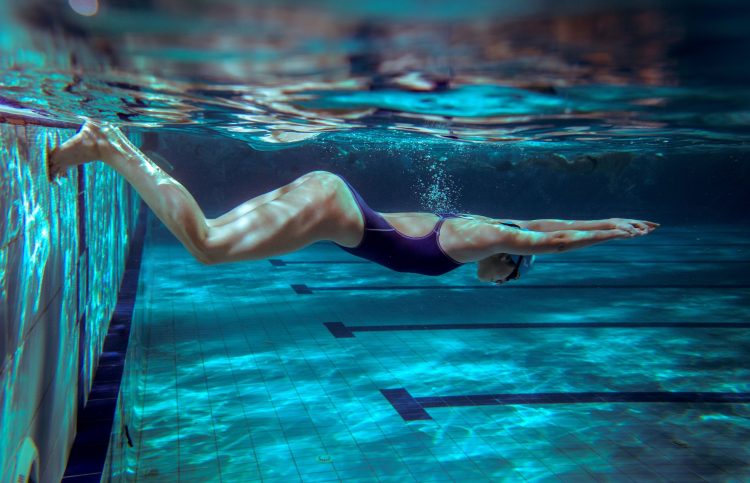
Barbell squats are dangerous for blood vessels. Swimming and walking, on the contrary, help in improving blood circulation in the veins.
Cold and Hot Shower

A contrast shower helps with varicose veins. It is important that the procedure should be pleasant and not cause discomfort.
There Is No Cure for Varicose Veins

All known drugs only help relieve severe symptoms, but do not cure varicose veins.
Using Creams and Ointments
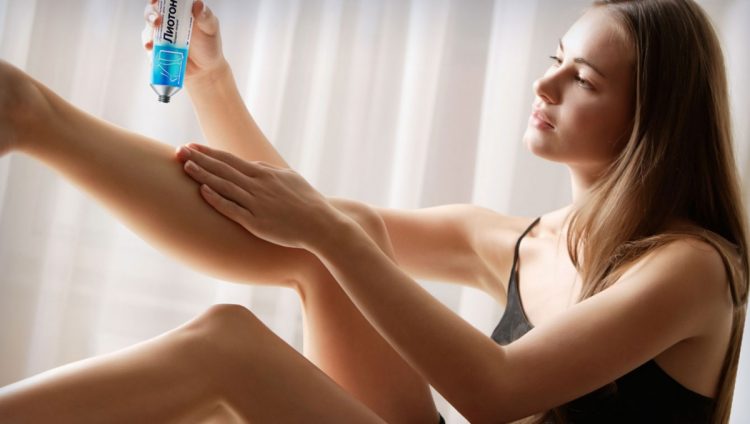
Creams and ointments only relieve pain, have a massage and cooling effect. Doctors can prescribe them only at the initial stage of varicose veins or as an additional treatment.
Leeches and Bees Do Not Cure Varicose Veins

Leeches and bees are actually used in the treatment of certain diseases. But with varicose veins, it is better not to experiment with them. Leeches and bees can provoke inflammation of the walls of the veins, causing thrombophlebitis.
Varicose Veins Cannot Be Permanently Cured

Removal of a diseased vein does not guarantee that varicose veins will not return. It is important not to forget about the right lifestyle and prevention methods.
Surgical Intervention

Don’t be afraid of varicose vein surgery. Today’s medicine offers several treatment options without scars and stitches.
Modern Treatment Methods

Endovascular laser photocoagulation, foam sclerosing and mini phlebectomy are safe and painless treatments for varicose veins that do not leave scars. Venectomy is performed in acute stages, but after it there may be prolonged pain and hematomas. The procedure is chosen by the doctor.

